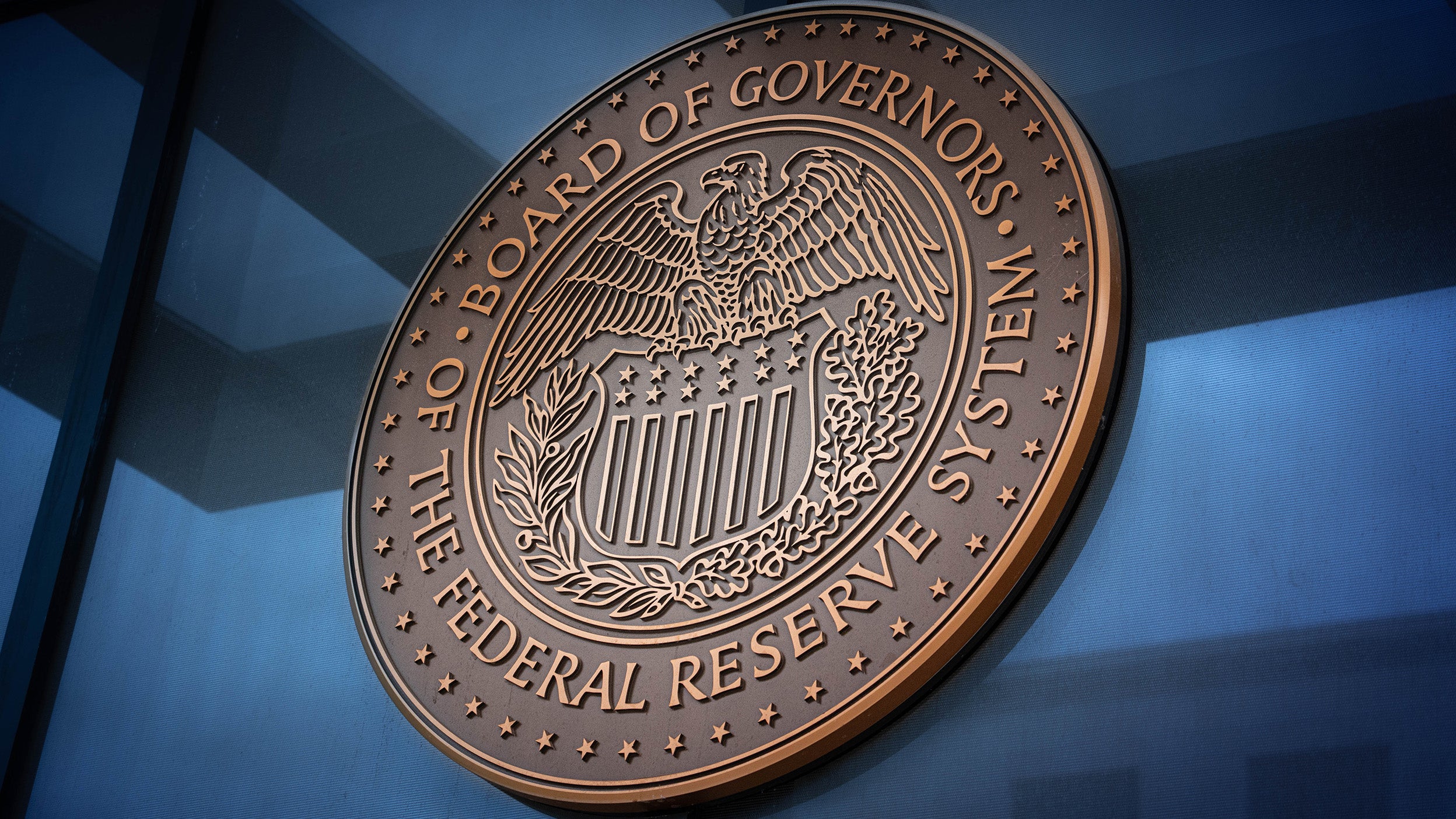
Markets and Economy Navigating Fed monetary policy uncertainty and the markets
A rate cut, which markets are pricing in despite Fed member differences, and an expected improving economy in 2026, could support stocks.
Fresh perspectives on economic trends and events impacting the global markets.

A rate cut, which markets are pricing in despite Fed member differences, and an expected improving economy in 2026, could support stocks.

We believe global equities may continue to rise in the new year, and we expect new opportunities to be unlocked as market leadership evolves.

Get insight on the recent sell-off in the artificial intelligence trade, the potential for a Santa Claus rally, and the K-shaped economy.

The downturn was concentrated in mega-cap growth stocks, even though many had strong earnings. We see it as skepticism about lofty valuations.

Today’s artificial intelligence trade isn’t a bubble yet, in our view, but the best potential opportunities in stocks may be outside of mega-caps.

A US-China trade truce provides temporary relief for global supply chains, while the Federal Reserve asserts its independence.

While the one-off inflation report from the Bureau of Labor Statistics showed a 3% rise over the past year, we still expect rate cuts to continue.

It’s hard to escape talk of an “AI bubble,” but there are key differences between today’s artificial intelligence spending and the tech bubble of the late 1990s.

News of defaults and stress from certain US regional banks sparked fears of a credit crisis, but they appear to be isolated events.
Insights on investing implications, market movements, and structural changes.
Insights from the Invesco Tax & Estate team on tax and estate planning.
Insights on the economy, the markets, and investments from our global experts.
NA2252900
Important information
Commissions, management fees and expenses may all be associated with investments in mutual funds and exchange-traded funds (ETFs). Trailing commissions may be associated with investments in mutual funds. For mutual funds the indicated rates of return are the historical annual compounded total returns, including changes in share/unit value and reinvestment of all distributions, and do not take into account sales, redemption, distribution or optional charges, or income taxes payable by any investor, which would have reduced returns. For ETFs unless otherwise indicated, rates of return for periods greater than one year are historical annual compound total returns including changes in unit value and reinvestment of all distributions, and do not take into account any brokerage commissions or income taxes payable by any unitholder that would have reduced returns. Mutual funds and ETFs are not guaranteed, their values change frequently and past performance may not be repeated. There are risks involved with investing in ETFs and mutual funds. Please read the prospectus before investing. Copies are available from Invesco Canada Ltd. at invesco.ca
Some references are U.S. centric and may not apply to Canada.
These are the personal views of the author as at the date indicated, and not necessarily the views of Invesco Canada. The views expressed above are based on current market conditions and are subject to change without notice; they are not intended to convey specific investment advice. Forward-looking statements are not guarantees of performance. They involve risks, uncertainties and assumptions. Although such statements are based on assumptions considered to be reasonable, there can be no assurance that actual results will not differ materially from such expectations.
This link takes you to a site not affiliated with Invesco. The site is for informational purposes only. Invesco does not guarantee nor take any responsibility for any of the content.